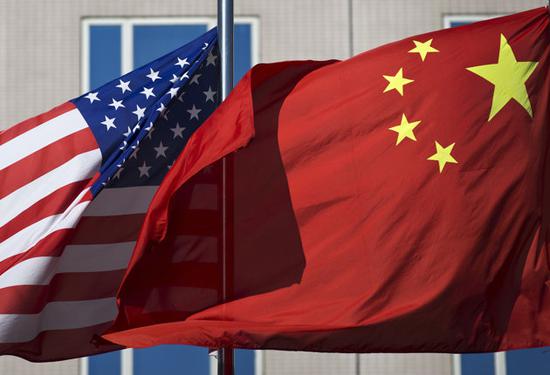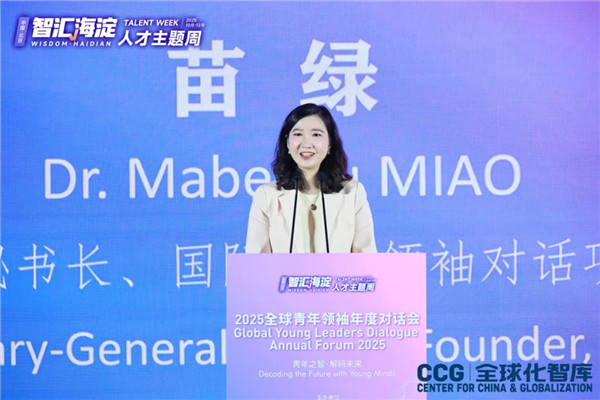He Weiwen: China, US should look beyond trade imbalance
August 10 , 2017

At the China-U.S. Comprehensive Economic Dialogue (CED) held in Washington on July 19, the huge U.S. trade deficit with China is of great concern to the U.S. side. [File photo]
At the China-U.S. Comprehensive Economic Dialogue (CED) held in Washington on July 19, the huge U.S. trade deficit with China was of great concern to the U.S. side.
Although the two countries had reached a consensus on narrowing the gap, and Beijing had agreed to expand imports to help solve the problem, the economic dialogue failed to solve the trade imbalance as Washington had wished.
Why was the dialogue unable to redress the trade imbalance? It’s because the current situation is caused by the United States’ position in the global supply chain, and it’s beyond the two countries’ power to change it.
Of all trade sectors in 2016, the United States saw the largest deficit in the category of computers and electronics, which was over $170 billion, accounting for 24 percent of the U.S. total. Under this category, the deficit with China was $144 billion.
Yet, the goods the United States bought from China involved works of many other countries and regions. For instance, the iPad China exported to the United States involved designs, manufacturing equipment and spare parts contributed by Japan, South Korea, China’s Taiwan, Germany, France and even the United States itself.
Therefore, it’s unrealistic to think that only China and the United States can solve the problem. To change the whole situation, the United States has to change itself first.
Past experience has demonstrated that trade policies alone cannot redress the trade imbalance. Therefore, in the following dialogues, the two sides shouldn’t take it as the focus of negotiation. The pursuit is outdated, and doesn’t suit the current international division of labor.
The U.S. Secretary of Commerce Wilbur Ross attributed the U.S. trade deficit with China to the latter’s subsidies and so-called “unfair play.” But who is practicing unfair play? What practice should be determined as unfair play?
Over the past two decades, the World Trade Organization (WTO) handled 525 trade disputes. Among them, China had 39 complaints, while the United States was complained about in 130 cases, more than triple that of China, accounting for a quarter of the total complaints.
In these cases, the WTO received complaints that the United States had violated WTO rules by providing unfair subsidies, dumping goods at prices below costs, and abusing policy instruments to impose trade bans. It shows that the United States is responsible for the largest number of unfair play cases in the world.
In the near future, the Trump administration is very likely to impose trade restrictions on steel. But will it ensure fair play?
There was a similar case during President Obama’s administration. The U.S. Commerce Department levied massive anti-dumping and anti-subsidy duties on China’s cold-rolled flat steel. The duties Washington imposed added up to 522 percent. It pushed the price of the Chinese products up to more than $3,000 per metric ton, several times higher than similar U.S. products. Is that what Washington means by “fair play?”
Washington failed to achieve its goal at the economic dialogue. That’s because it set the goal on narrowing the trade deficit and tried to put the blame of “unfair play” onto China. The problem lies in Washington’s wrong goal and wrong solution, not the dialogue mechanism.
To narrow the deficit, Washington needs to thoroughly study its industrial structure and its position in the global value chain.
In 2016, the United States had a huge deficit in the category of computers and electronics, and in autos and auto parts. Its huge demand for these two categories was propelled by the sudden growth of its domestic industries. Therefore, it needs to identify its competitiveness in the two sectors, and find out ways to cooperate with others, thus to maximize profits. Regarding China, it needs to cooperate with the latter to explore other markets.
China-U.S. economic cooperation should concentrate on higher level issues with broader prospects. Stable mechanisms should be established to promote mutually-beneficial cooperation ranging in all areas, such as trade, investment, R&D, finance, services, IP protection, law, culture, tourism and third-party markets.
The two sides have to manage their differences, and solve their conflicts in a timely manner to explore new methods of cooperation. Long-term, sound communications will bring benefits to both sides and their citizens.
Topical News See more






